Getting Here
Driving to Princess Louisa
You cannot drive the entire way to Princess Louisa. You will need to take a boat or water-taxi.
The nearest boat launching facilities to Princess Louisa Inlet are located at Egmont, where Agamemnon Channel opens into Jervis Inlet. Egmont can be reached by road from Vancouver via BC Ferries Sunshine Coast route from Horseshoe Bay to Langdale and driving the length of the Sechelt Peninsula. There are no fuel or other services available beyond Egmont.
Between Egmont and Princess Louisa Inlet is a distance of 32 miles. Suitable anchorages from Egmont to Princess Louisa are minimal.
Boating to Princess Louisa
Boaters coming from the south will travel the Strait of Georgia (A) past the Thormanby Islands (B) and into Malaspina Strait (C), which lies between Texada Island (D) and the rugged mainland coast. Smuggler's Cove (E), Secret Cove (F) and Pender Harbour (G) make good stopping points along the way with supplies and fuel available at the latter two. Just past Pender Harbour, Agamemnon Channel (H) leads you from the Strait of Georgia into the 46 mile length of Jervis Inlet (I) with Nelson (J) and Hardy (K) Islands to port.
Cruising from the north, you will enter Malaspina Strait after passing Powell River and Westview and proceed south to the mouth of Jervis Inlet at Scotch Fir Point, passing the Saltery Bay Ferry terminal, leaving Hardy and Nelson Islands to starboard.
For more information on making the journey to Princess Louisa, we encourage you to read the excellent blog posts by Steve Mitchell at SeaBits.com.
Boating through the Inlet
From Egmont, Prince of Wales Reach (S), Princess Royal Reach (T), and Queen's Reach (U) take you almost to the head of Jervis Inlet. Princess Louisa Inlet, named after Queen Victoria's mother, is entered through Malibu Rapids (V) about half way up the east side of Queen's Reach. Malibu Rapids should be entered only at or near slack water because of strong currents and overfalls. Consult the Canadian Tide and Current Tables, vol. 5, for the times of slack. Malibu Rapids are listed in the tables as a secondary current station based on the tides at Point Atkinson. Add 35 minutes to the time of low water at Point Atkinson and 25 minutes to the high water. Remember, these times may vary. Make sure that the line of overfalls have disappeared before entering the rapids.
According to the Sailing Directions, entry should be made "... in mid-channel between the light and Malibu Islet. The channel east of Malibu Islet is not recommended." Vessels are well advised to broadcast their intentions when entering and leaving on VHF Channel 16 as visibility is limited around the point on which the Young Life Camp sits.
Welcome to Princess Louisa Inlet! Once into the Inlet, please reduce speed to 4 knots to reduce wash and protect this beautiful area.
Four Mooring Buoys (9) are available behind MacDonald Island (W) to port approximately halfway up the Inlet. Watch for a drying rock off the South end of the Island. Anchorage is also available at the head of the inlet at the foot of Chatterbox Falls (10). Set your anchor in close to the falls in 10 feet (3 m.) And let the river current keep you in position. The Society has placed mooring eyes at various locations along the rock walls from MacDonald Island to either side of the falls for stern ties to assist in anchoring at other locations in the Inlet but does not warrant the locations as being good anchorage. The holding ground is largely rock and the water deep.
The Society and BC Parks maintain the floats (11) at the falls. Water is available on the floats but boiling it is recommended to make it potable. There is no electricity. Please use the "privies" ashore. There are campsites at the falls and on the mainland behind MacDonald Island - and a very helpful and knowledgeable Park Ranger from May to September.
Map
Suitable Anchorages
Nelson Island - Ballet Bay: Enter from Malaspina Strait through Blind Bay to the southwest of Clio Island. Watch for uncharted rocks. There is good anchorage in 30-40 feet (10-12 m.) On a mud bottom in the outer portion of the bay. The inner bay has some mud and, nearer shore, rock bottom;
Hardy Island - Fox Island: Enter from Malaspina Strait through Blind Bay and into the bay opposite this island. Stern ties ashore are recommended as the bottom is largely rock and swinging room is limited;
Quarry Bay: Enter from Malaspina Strait. The cove south of the old granite quarry in the eastern end of the bay and in the western arm. Stern ties ashore are recommended. Watch for drying rocks and reefs;
Thunder Bay, Maude Bay: On the north side of Jervis Inlet adjacent to each other. Anchor near the sand beach in behind the point. There is an unmarked rock on the western shore when entering.
Saltery Bay: Public Floats adjacent to the ferry terminal;
Hotham Sound: Pass Friel Falls to the head of the Sound near Baker Bay. Anchor close to shore and in the nook to the southeast;
Harmony Islands: Lovely quiet coves but bottom is rock and anchoring is difficult. Stern ties are recommended;
Deserted Bay: In Princess Royal Reach. This is the only recommended anchorage beyond Hotham Sound. Anchor in the Southeast corner. Parts of the shelf are shallow at low tide. The foreshore is Indian Reservation, respect the rights of ownership.
References, Charts and Maps
Canadian Tide and Current Tables, Juan de Fuca Strait and Strait of Georgia, Vol. 5
Canadian Hydrographic Service Charts 3312, 3512, 3514
Sailing Directions, British Columbia Coast (South Portion) vol. 1



